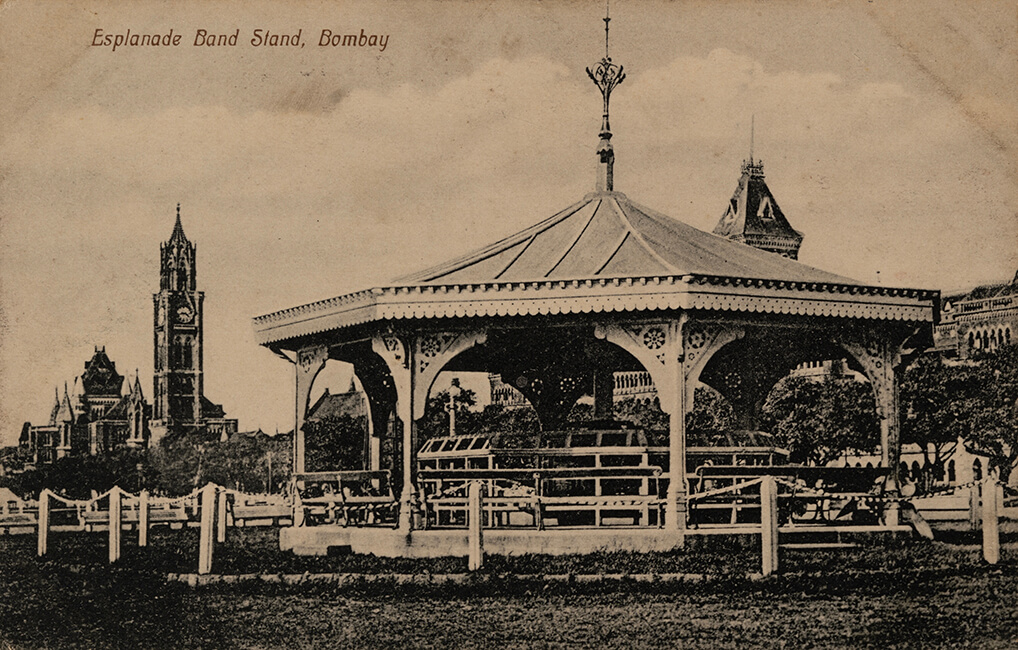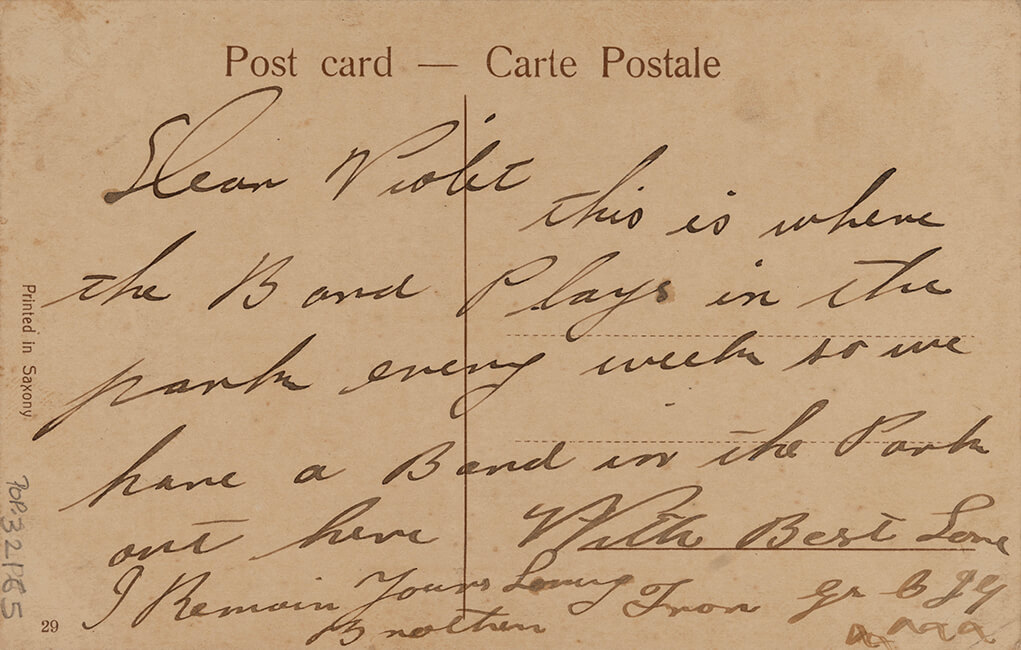

Who knew a simple paper card could revolutionise communication?
The first postcard was introduced in Austria-Hungary in 1869. Evolving from a blank, cheap piece of paper, picture postcards paved the way for visual consumption from different corners of the world like never before.
It would be a decade later, before the Indian Post Office accepted them. As the British Empire expanded, picture postcards became a medium to share the spirit of India with the world. Makers adopted their own distinct styles. European presses printed imagery that stereotyped Indians, disseminated propaganda of the Crown and positioned these tiny objects as souvenirs. Indian presses, in contrast, circulated imagery which fervently supported the burgeoning nationalist movement for independence. As markets became saturated with these postcards, their popularity surged, turning them into collectibles.
History is often remembered in black and white. Yet, through the visuals and messages on the reverse of postcards, we have a chance to look back in time, to visualise and perceive lesser-known histories in a different light. You might even find messages like these, exchanged between loved ones in your family, tucked away somewhere. A postcard captures all that unfolds between a simple hello and goodbye – a world of untold stories and forgotten legacies. For you, what comes in between that Hello & Goodbye?
© Museum of Art & Photography (MAP), Bengaluru, 2024 | All Rights Reserved